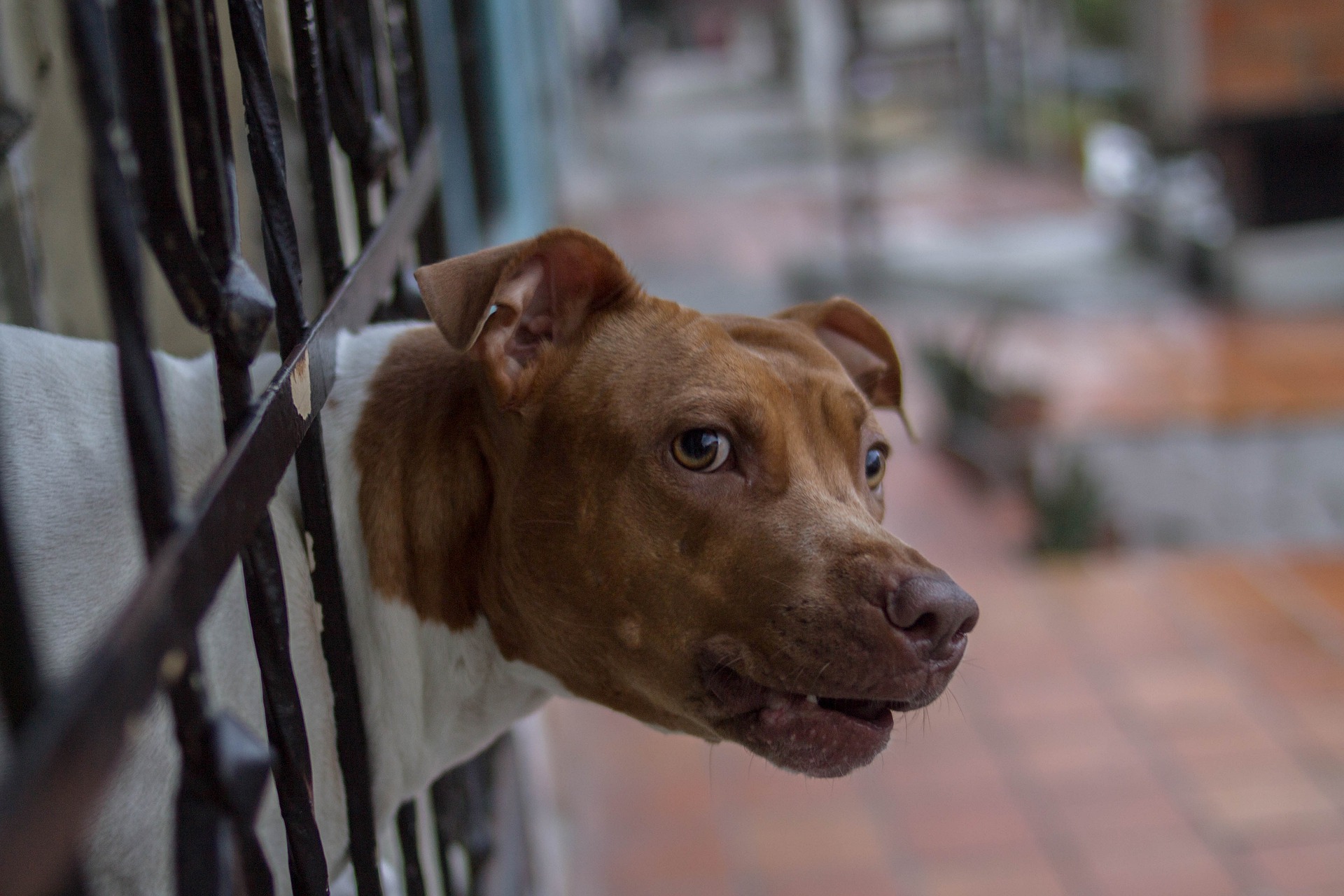No doubt about it–growls can be scary. Everyone knows what a growl sounds like, but its source is not always understood. If you figure out what your pup is saying when they growl, you can address the issue and do your best to change their behavior. The majority of the time, they indicate that a dog wants you or whoever is around to back away, and a growl is good at achieving this. To change growling behaviors though, we want to understand more than just that the dog is upset; we want to know why they are upset. After all, there are many reasons that a dog would want someone or something to go away. Perhaps they’re wary of someone they don’t know, or they feel the need to protect their turf. A dog may growl if you get too close to their face while petting them, or if they are in pain when you approach. For each of these scenarios, the growl is not only a warning–it’s a sign that your pup needs your help to remedy the situation.

Knowing this, growling should not be punished. Though it may frighten you, this is your dog’s way of communicating a warning. They’re giving you the opportunity to change what’s happening and alleviate the situation so that they aren’t pushed to action. If you begin punishing them when they growl, it is likely the dog will learn to stop growling…and instead go straight to defending themselves without warning. We can all agree that that is not the desired outcome!
If your dog growls, we have a chance to stop and assess the situation.
- A pup or people problem. Are there strangers, unfamiliar dogs or small children around? If so, you know that they are making your dog uncomfortable. The best way to combat this is to work on socializing your dog to many different kinds of people and dogs. The more your dog can be introduced to weird items in a safe, controlled setting, the less likely they are to growl or react negatively during chance encounters. Let your pup control the pace of your training–never force them to interact with a person or dog who makes them nervous, as this just leads to more anxiety. As always, have lots of delicious treats to reward your dog whenever they’re exposed to an unfamiliar person or pup.
- Resource guarding. If your dog is growling around food or toys, they’re resource guarding. This is a natural behavior they exhibit when they feel that a valuable resource is going to be removed. See our previous article here to learn how to discourage resource guarding.
- A sudden behavior change. If your dog suddenly is growling at you, it is a sign that something may be wrong. Often dogs will growl when they are in pain to keep potential attackers away. When in doubt, call your vet.
At the end of the day, the goal is not to teach your dog to never growl; instead, we want to work to make our dogs more comfortable with strange people and dogs so that they feel less nervous – and thus don’t need to growl!




